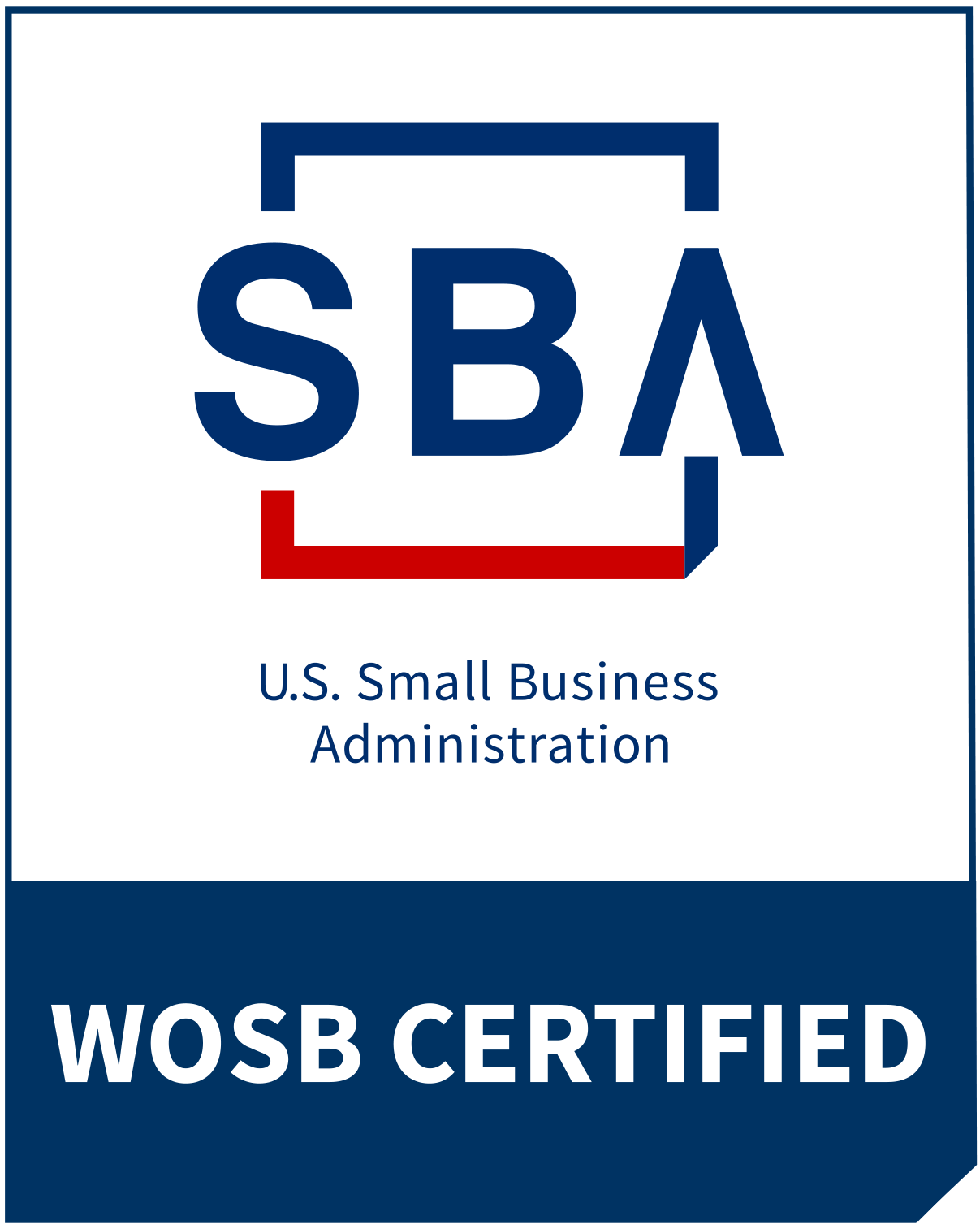Conflict Resilience, Revenue Brilliance
- Karen Hairston
- 0 Comments
- April 11, 2024
Conflict Resilience, Revenue Brilliance
You pour your heart and soul into making your venture a success. You assemble a talented team, deliver outstanding service to clients, and constantly innovate to stay ahead of the competition. But what happens when conflict rears its ugly head, threatening to undermine all your hard work?
Maybe it’s a disgruntled employee who constantly clashes with colleagues. Or perhaps a misunderstanding with a key client escalates into a heated dispute. Conflict, when left unchecked, can quickly spread, damaging morale, productivity, client relationships, and ultimately, your bottom line. In fact, a study by CPP Global found that U.S. employees spend an average of 2.8 hours per week dealing with conflict, costing businesses an estimated $359 billion in paid hours.
But here’s the good news: by learning effective conflict management and resolution strategies, you can nip problems in the bud, foster a positive team culture, strengthen client loyalty, and keep your business on track. In this post, we’ll explore the common causes of conflict, warning signs to watch out for, and a step-by-step approach to resolving issues with minimal drama.
The High Cost of Unchecked Conflict
Before we dive into solutions, let’s take a closer look at the damaging effects of unresolved conflict:
Plummeting productivity: When team members are busy bickering and complaining, they’re not doing their best work. One study found that witnessing an unpleasant conflict between colleagues negatively impacted employees’ performance, reducing their subsequent work effort and time spent on challenging tasks.
High turnover: Constant conflict creates a toxic work environment that drives good employees away. Replacing them is expensive and time-consuming.
Poor client experience: When employees are distracted by infighting, their focus on clients suffers. 78% of consumers have backed out of a purchase due to a poor service experience.
Reputational damage: In today’s connected world, disgruntled employees and dissatisfied clients can quickly tarnish your reputation with negative online reviews and social media posts.
Legal issues: In a worst-case scenario, conflict can escalate into bullying, harassment, and discrimination, exposing your business to costly legal action.
Recognizing the Warning Signs
Conflict often simmers under the surface before boiling over. Here are some red flags to watch for:
Passive aggressive or openly hostile communication between team members
Formation of cliques and a “us vs. them” mentality
Increased complaints from employees or clients
Higher absenteeism and turnover rates
Declining productivity and missed deadlines
Gossip, sarcasm, and eye-rolling in meetings
A Proactive Approach to Conflict Resolution
The most effective way to deal with conflict is to have a clear strategy in place before issues arise. Here’s a proactive 5-step approach:
1. Set expectations early: During onboarding, clearly communicate your company’s values, policies, and procedures for handling disagreements. Reinforce this regularly.
2. Encourage open communication: Foster an environment where employees feel safe expressing concerns without fear of retaliation. Hear them out fully before responding. Schedule regular one-on-one and team meetings to surface issues.
3. Identify the root cause: Conflict often stems from underlying issues like unclear roles, mismatched expectations, personality clashes, or competing priorities. Ask questions to uncover contributing factors.
4. Focus on interests, not positions: Positions are what people say they want, while interests are the underlying reasons. For example, a client may demand a refund (their position), but their interest may be feeling that their business isn’t valued. Exploring interests opens up more solutions.
5. Seek win-win solutions: Look for resolutions that meet both parties’ key interests. Involve them in brainstorming ideas. Be willing to compromise or think creatively, like apologies, promises to improve, rescheduling, reducing fees, or enhanced terms.
The Importance of Emotional Intelligence
Resolving conflict requires a high degree of emotional intelligence, especially when dealing with sensitive egos. This means managing your own emotional triggers while expressing empathy for others. Some tips:
Practice active listening: Give others your full attention, reflect back what you hear, and ask clarifying questions.
Control your tone: Speak slowly and calmly. Avoid sarcasm, blame, and absolutes like “always” and “never.”
Use “I” statements: Express your feelings and needs with phrases like “I feel frustrated when…” instead of “You always…” “You” puts people on the defensive.
Separate the person from the problem: Acknowledge that you’re both on the same team, trying to find a solution. Avoid personal attacks.
Take breaks: If emotions run high, table the discussion until cooler heads prevail.
Empowering Your Team
As a leader, it’s important to empower employees to resolve conflicts at the lowest level before escalating issues. Train them in communication skills and conflict resolution techniques. This will develop their problem-solving abilities, boost morale and retention, and free up your time for other leadership priorities.
Systemize through Documentation
Document your company’s approach to conflict management in your employee handbook and client contracts. Outline examples of unacceptable conduct, steps for reporting issues, and disciplinary measures. When a conflict arises, take consistent and thorough notes of all discussions. This paper trail provides valuable evidence if problems escalate.
Conflict as an Opportunity
While conflict is uncomfortable, it can highlight issues hindering your company’s growth. Maybe a client altercation reveals a need for clearer project scopes or better customer service training. Or perhaps a team spat exposes inefficient processes that need streamlining. Thoughtfully gathering feedback and lessons learned after a conflict can drive positive change.
A Culture of Harmony
Cultivating a harmonious work environment is essential for employee satisfaction, client retention, and business growth. It reduces stress, inspires collaboration, and allows everyone to do their best work. Clients notice – and appreciate – when your team presents a united front.
Conflict is an inevitable part of running a business, but it doesn’t have to derail your success. By spotting warning signs early, using emotional intelligence and proven conflict resolution techniques, and empowering employees to problem-solve, you can defuse tension and get everyone working toward common goals.
The next time a business conflict arises, take a deep breath and remember – it’s an opportunity to model skillful leadership, strengthen relationships, and nudge your company culture in a healthy direction. You’ve got this!
Is Your Business Growing But You Feel Like It’s Falling Apart?
Feeling the strain of business growth? You're not alone. Many successful businesses face these challenges. It's often the little things that cause big headaches. Suddenly, your tried-and-true methods don't work anymore, profits shrink, customers are complaining, and you're constantly firefighting.
The key lies in fine-tuning your systems to support your growth. My 3S Profit Optimizer framework helps to secure more clients, streamline operations, and supercharge scalability. I've helped numerous businesses overcome these hurdles, and I'd love to see how I can help you succeed.
Let’s minimize the growing pains and prevent them from reflecting poorly on your business. To learn how to have more freedom, more control, and more opportunities to earn income take action now and click below.
Related Posts





